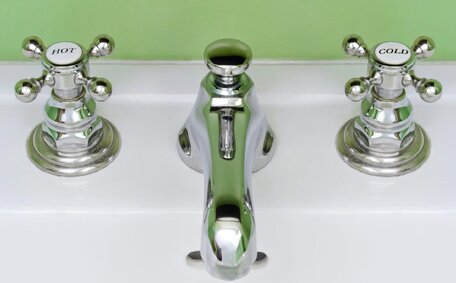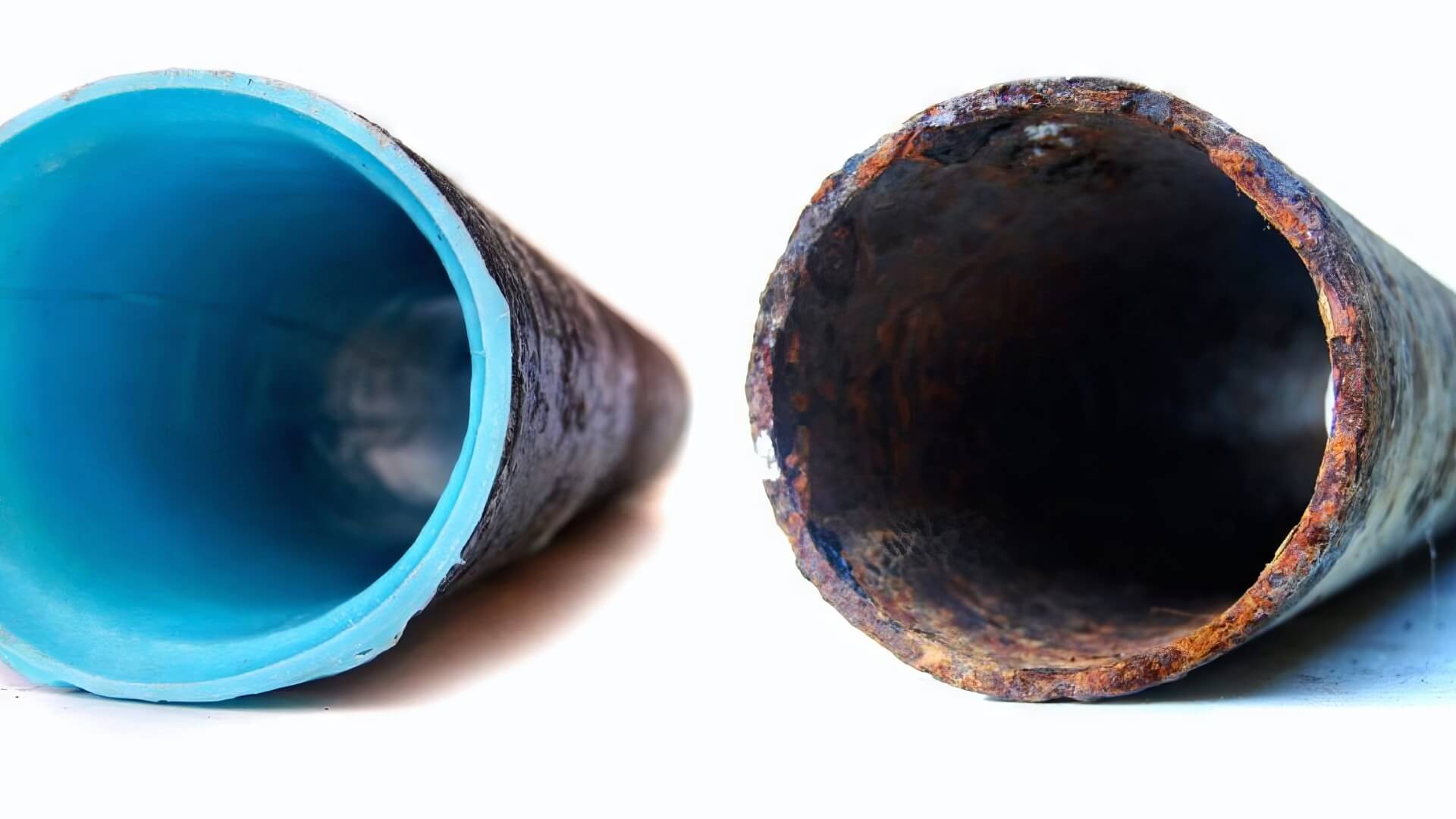A Brief History of Drainage Systems
Delve into the significant advancements in drainage systems spanning thousands of years. The Indus Valley civilisation developed advanced drainage systems, including covered drains for wastewater removal, as early as 2600 BCE. Ancient Rome’s contribution includes the extensive drainage and sewage systems like the still-functional Cloaca Maxima.
See how Henry French developed the “French Drain” drainage system using gravel and perforated pipes to enhance drainage. Around the same time, John Loudon McAdam contributed significantly to road construction techniques still used today.
In the mid-19th century, terra cotta pipes began replacing earlier materials for improved durability and flow. By the early 20th century, cast iron and eventually PVC plastic piping became more ubiquitous.
Modern drainage systems are now more sustainable, using technologies like water recycling, stormwater harvesting, and integrated water sensitive urban design to minimise environmental impact.
Early Innovations in Water Management
This prevented contamination and disease.
By 312 BCE, Lead pipes carried fresh water from distant sources through aqueducts into homes and the famous Roman public baths.
The principles of gravitational flow established the groundwork for contemporary plumbing systems. The Romans also pioneered large-scale, integrated water management concepts still reflected in modern urban design and infrastructure.
Development of Urban Sewer Systems
Cholera and typhoid outbreaks underscored the need for comprehensive urban sewer systems.
In the mid-1800s, major metropolitan areas began constructing extensive underground sewage networks. Sloped pipes, manholes, pumping stations, and treatment plants comprised the gravity-fed systems designed to manage urban waste and stormwater.
Sewer designs continually evolved to cater to increasing demand over the subsequent century. By the late 1900s, large cities implemented separate systems for sewage and stormwater to prevent treatment plant overload. Rural towns and developing nations, however, often still relied on basic systems vulnerable to flooding and contamination.
Today, while legacy systems still operate in many older cities, sustainable design incorporates water recycling, micro treatment plants, smart controls, and integration with surrounding landscapes. These modern approaches allow for greater environmental and economic benefits.
The Industrial Revolution and Improved Access
Steam-powered pumps enabled increased capacity and reach. Railway transportation enabled widespread distribution of standardised drainage components.
Consequently, closed piping networks for waste removal became more commonly implemented. Replacing open channels and cesspools, closed drainage systems enhanced public health and environmental conditions. Yet, the challenge of managing intense industrial discharge remained, spurring further innovation in sustainable systems.
Modern Sustainable Drainage Practices
In recent decades, sustainable drainage systems (SuDS) have been developed to even more effectively mitigate the environmental impact of urbanisation. SuDS are designed to mirror natural drainage, effectively handling both the amount and quality of stormwater runoff.
SuDS features permeable paving, infiltration trenches, vegetated swales, retention ponds, and constructed wetlands. Through these methods, stormwater is slowed, filtered, stored, and purified, augmenting groundwater replenishment. Streamlined integration with surrounding green spaces enhances amenity and biodiversity.
Intelligent sensor technologies and adjustable controls enable SuDS to dynamically adapt to varying rainfall volumes. Modular, decentralised micro systems reduce upfront capital investment while enhancing localised water capture and treatment.
Incorporating SuDS in developments counteracts impervious surfaces and alleviates pressure on conventional pipe-based drainage infrastructure. Retrofitting a mere 1% of surfaces with SuDS can cut runoff by 20%, according to the EPA. This improves downstream water quality while mitigating urban flooding and enhancing liveability.
Water-Sensitive Urban Design
Water-Sensitive Urban Design (WSUD) takes a holistic approach to managing the urban water cycle. WSUD integrates the management of potable water, wastewater, and stormwater within urban development.
As a case study, Hunters Hill in Sydney has implemented numerous WSUD principles.
Water recycling systems harvest stormwater runoff and wastewater which is treated and reused for non-potable purposes like irrigation. Stormwater runoff is captured in raingardens and tree pits allowing it to passively filter through vegetation and soils to remove contaminants before slowly recharging groundwater.
Swales and retention ponds throughout public spaces slow, store, and filter stormwater while enhancing amenity and promoting biodiversity. Permeable surfaces are used extensively to minimise impervious areas. Smart sensor technologies monitor conditions and adapt irrigation schedules accordingly.
These integrated WSUD features reduce burden on water infrastructure and contamination in waterways leading to Sydney Harbour. They mitigate flooding and enhance liveability for residents. WSUD offers sustainable water management, crucial as densification increases pressure on ageing infrastructure within Hunters Hill.
Drainage Composites and Materials
The 'French Drain’, a notable 18th-century advancement, improved drainage with gravel trenches and perforated pipes. The mass production era then enabled cast iron and steel pipes to expand networks.
Today drainage composites leverage polymers like PVC plastic for improved durability, flow rates, chemical and abrasion resistance. Structured-wall designs now optimise flow capacity and self-cleansing velocity. Composite materials resist root intrusion and bacterial growth relative to traditional concrete.
Modern drainage systems also harness advancements in geotextiles. Laid around piping, geotextile filters provide crucial separation between pipe and surrounding soil while maintaining water flow. Overlapping wrap techniques secure joints.
Intelligently-designed modern materials and composites enable sustainable, cost-effective drainage systems. Performance advantages over outdated concrete and ceramic produce long-term savings for users and reduce environmental harm from leaks or failures.
Current Challenges and The Road Ahead
Drainage systems face pressing challenges today. Climate change is increasing extreme weather event frequency, presenting flooding, capacity and maintenance issues for ageing infrastructure. Meanwhile rapid urban expansion places strain on existing networks.
Densification of cities intensifies the heat island effect, which in turn worsens stormwater runoff issues.
Delivering climate resilience for critical human services like drainage requires coordination between scientists, engineers and policy makers to develop adaptive systems. Transitioning to preventative asset management programmes can systematically upgrade vulnerable infrastructure.
The integration of real-time monitoring and data analytics enhances predictive maintenance strategies. Smart technologies like AI-assisted CCTV pipe inspection and sensor-triggered automation supports dynamic system adjustments responding to on-ground conditions.
Decentralising treatment facilities enables the necessary step-by-step expansion of infrastructure. Smaller distributed micro treatment plants are less capital intensive to construct. They also minimise risk of single asset failure through modularity.
Sustainable drainage configurations alleviate pressure on networks and open up water reuse opportunities. Swales, rain gardens, wetlands, and retention basins attenuate stormwater for passive treatment. Natural systems foster microbe communities to neutralise contaminants.
Future water management requires cross-disciplinary solutions that balance liveability, public health, economy, and ecosystem sustainability. Adaptive and regenerative approaches can future-proof the ongoing evolution of urban drainage.






